When the mummy was first uncovered decades ago, scientists thought the tiny body inside must have belonged to a hawk.
Mummifying a hawk wouldn't have been unusual in Ancient Egypt. Hawks were associated with the god Horus, the god of the sky, hunting, and symbolic of Egypt itself.
The mummy was discovered long ago, back when there were no such things as medical scanning technology or the other equipment that archaeologists and researchers now use to piece together the past.
Back then, archaeologists decided it must have been a hawk based on its tiny size, but never opened the wrappings for fear of doing irreparable damage.
Today, thanks to the technology at our disposal, we can tell a lot more about mummies than we could in the past, from what they might have looked like in life to what their belongings were really made of.
A team of scientists at the Maidstone Museum in Kent, England, has been examining the tiny mummy, as well as the mummy of a young woman known as Ta-Kesh, and were able to learn some startling things about both of them.
They discovered that Ta-Kesh was not 14 when she died, as initially thought, but rather in her mid-twenties, and that she'd also been living with a spinal injury.
And when they scanned the tiny hawk mummy? They found it wasn't a hawk at all, but a human.
In fact, it was the mummified remains of a miscarried baby who died at only about 20 weeks into the pregnancy, making this mummy the youngest human mummy ever recorded.
So who was this baby, anyway? Continue reading below to find out!
[H/T: Daily Mail]
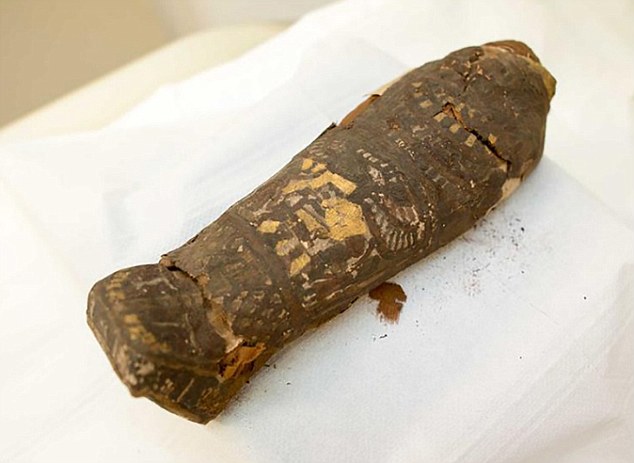
When this tiny mummy was discovered in the 19th century, archaeologists thought it was a mummified hawk.
The Ancient Egyptians regularly mummified animals that were important to them, including cats, baboons, crocodiles, and even fish.
These animals were all held sacred in Ancient Egypt and associated with gods. Hawks were identified with the god Horus. On a personal level, people also mummified their pets.
Mummifying both human and animal remains was believed to guarantee the deceased a peaceful journey into the afterlife.

Archaeologists probably thought it was a bird based on its tiny size, but it turned out that this mummy was not a hawk at all.
Thanks to modern imaging technology, we're now able to look inside mummies without damaging the delicate wrappings and tissues inside.
When they looked inside, they found not bird bones, but tiny human bones.
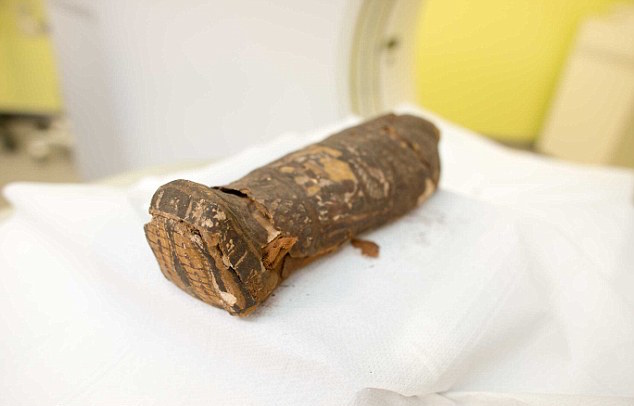
It turns out that the 2,300-year-old mummy is actually that of a baby who was miscarried at about 20 weeks of gestation, making it the youngest human mummy ever found.
"Thanks to the CT scanning, we are able to learn much more about collections in a non-invasive way, without damaging the integrity or condition of the artifacts," says Maidstone collections manager Samantha Harris.
"For example, without access to the technology, identifying and learning about the baby mummy would've been impossible without causing irreversible damage from unwrapping."
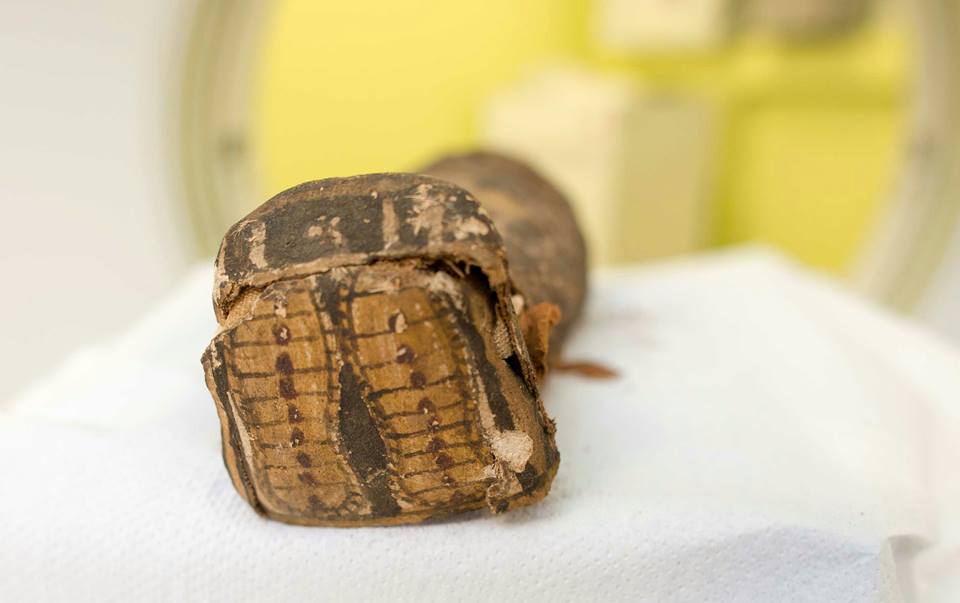
So who is this baby, anyway? Well, no one is sure yet, but theories are evolving.
One even suggests that the miscarried baby was the secret love child of a pharaoh and a secret mistress, but that's a little far-fetched!
Likely, the remains of the miscarried baby were given the honors of mummification and burial by the grieving parents, and sent off with blessings to the afterlife, where the family would eventually be reunited.
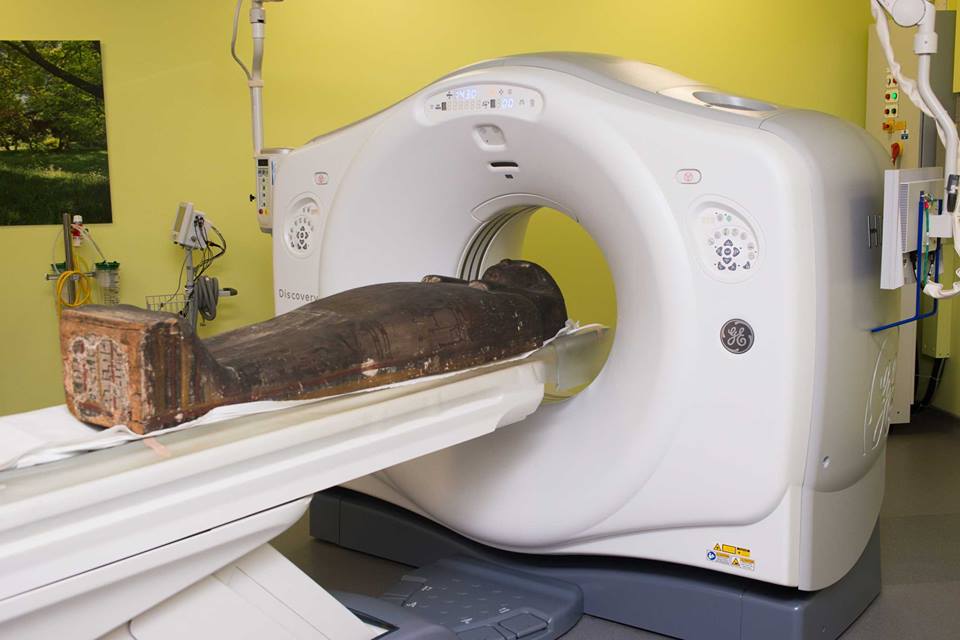
And the baby wasn't the only discovery that the museum made, either. Thanks to a large grant, they were able to do more research on their Ancient Egyptian collection.
The museum's most famous mummy, that of a young woman named Ta-Kesh who died some 2,700 years ago, was given a scan too, which revealed some of her secrets.
Ta-Kesh is not related to the baby mummy.
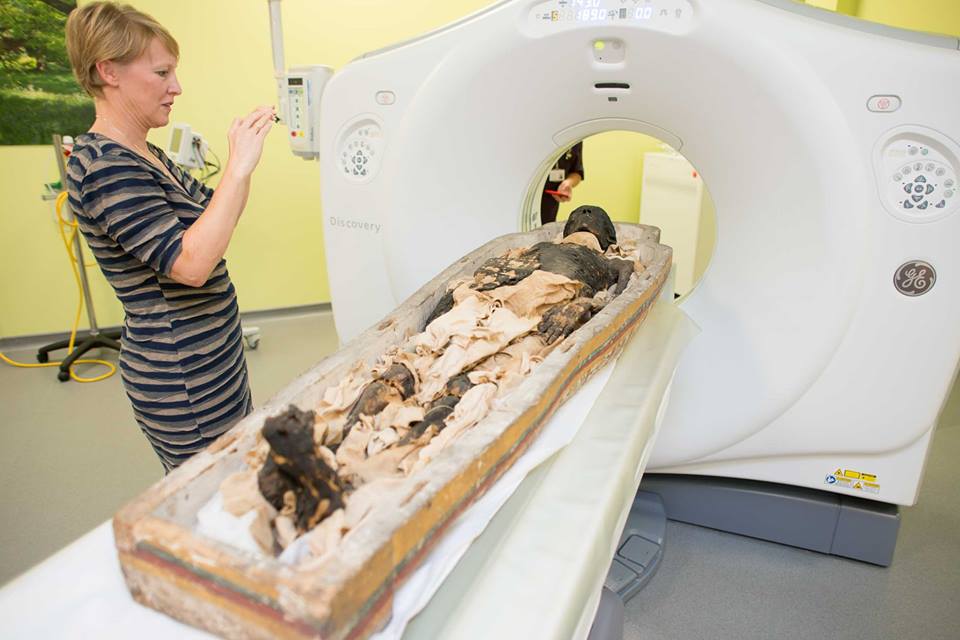
For one thing, she died when she was much older than previously thought.
19th century archaeologists put her at about 14, but the state of her teeth suggests she was in her mid- to late-20s, maybe older. She also had a spinal injury.
Researchers are now looking into her family to help determine exactly who she was.

Thanks to scans, researchers no longer have to worry about damaging the brittle, ancient mummies to learn about how they lived and died.
They can also use the technology to reconstruct Ta-Kesh's face to see what she might have looked like when she was alive.
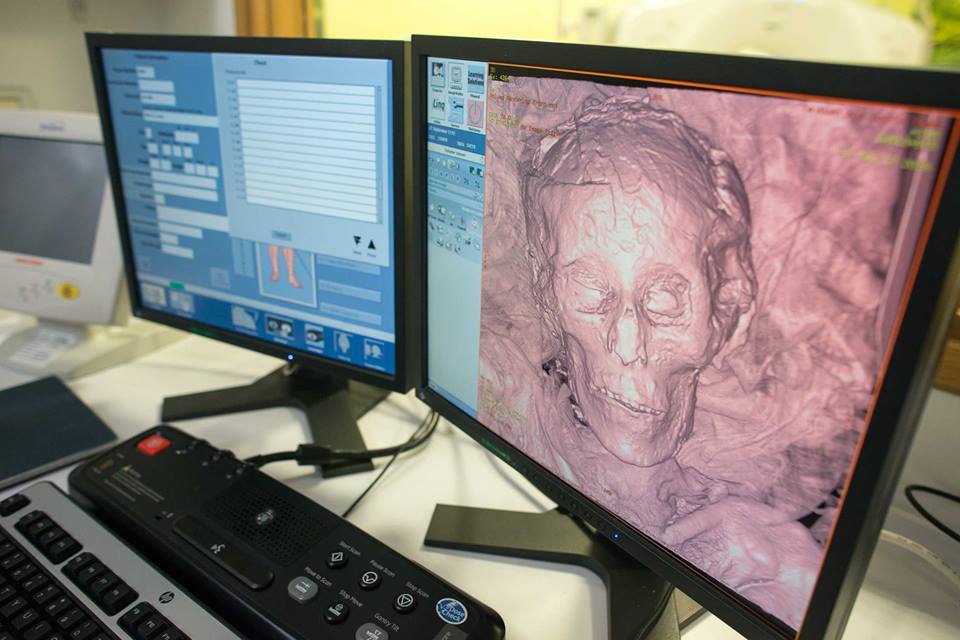
Lyn Palmer, manager of the project, says, "It will personalize Ta-Kesh. It will mean that our visitors will be able to see what she looks like."
It's pretty amazing what can happen when some modern technology is used to figure out the past.
Without it, we might still have thought the tiny baby was a hawk! And who knows what other amazing finds we'll make in the future?
Check out the brief video of Ta-Kesh's CT scan below, and SHARE this incredible discovery with anyone who loves history!




